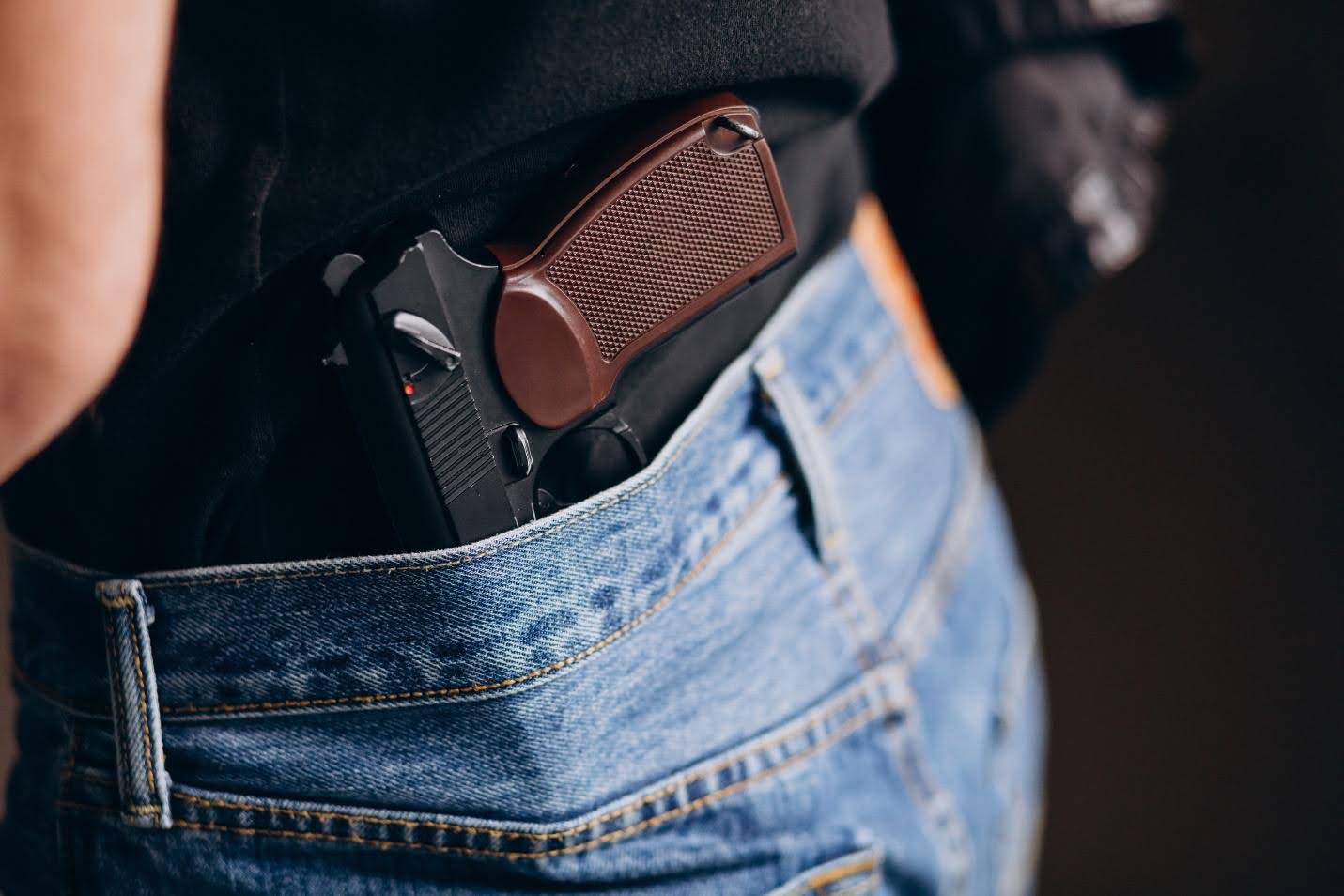A holster is more than simply an accessory for law enforcement, military, and security professionals, as it is necessary equipment that has a direct impact on performance and safety. When every second counts, the proper duty holsters provide a safe carry of a pistol, a smooth draw under stress, and reliable holding. Selecting a suitable holster has become crucial given the increased emphasis on officer safety and operational effectiveness in modern times.
How Duty Holsters Are Unique
Duty holsters must function in quite different circumstances than civilian firearm holsters, which prioritize comfort and invisibility. Law enforcement’s particular requirements raise the bar for holster design. Officials require holsters that:
- Even during running activities, physical fights, or crowd control, ensure secure retention.
- Give quick access to the weapon when life-or-death choices depend on it.
- Preserve durability over prolonged shifts, weather exposure, and regular use.
- Adjust to equipment configurations such as tactical rigs or duty belts.
Why Quality Holster Is Important
Law enforcement is unpredictable. In a matter of seconds, officers may go from a regular patrol to a high-risk encounter. A poorly made holster may compromise safety during such scenarios. High-quality holsters are tools that can save lives in situations, such as:
- A poor retention system can let a suspect get to the officer’s gun during an actual fight.
- An unfastened holster could cause the weapon to be released during a pursuit, posing a risk and liability.
- A holster with an awkward release mechanism can be a time waster in an unexpected armed conflict.
Features of Duty Holsters
1. Retention Mechanisms
To stop weapon grabs, many contemporary duty holsters have numerous retention levels, such as Level II or Level III systems.
2. Efficiency and Comfort
These holsters permit a natural draw motion free of complicated steps that can delay reaction time.
3. Compatibility
Cops carry rifles equipped with optics that fit into a holster without sacrificing retention.
4. Safe Mounting
Holsters must be securely fastened to prevent shifting when moving.
Trends in Holster Designs
The industry has seen significant development in recent years, and many developments are influencing the direction of law enforcement equipment:
1. Light-Compatible Holsters:
Weapon-mounted lights are becoming more and more common, so holster manufacturers are creating variants that can hold both a firearm and a light without compromising retention.
2. Red Dot Ready:
As more agencies approve red dot optics for duty guns, holsters that work with optics are becoming commonplace.
3. Advanced Retention Mechanisms:
To strike a balance between security and quick access, holsters are increasingly featuring user-friendly releases.
4. Flexible Systems:
Depending on the needs of the task, officers can modify the platform mount or holster angle.
Final Thoughts
The most significant purchase a law enforcement officer can make is a well-chosen duty holster. Beyond only being able to carry a gun, it protects against losing a weapon and facilitates emergency response. Advanced retention, sturdy construction, and user-friendly layout are all combined in the ideal duty holster to guarantee that an officer’s gun is always ready and accessible.

